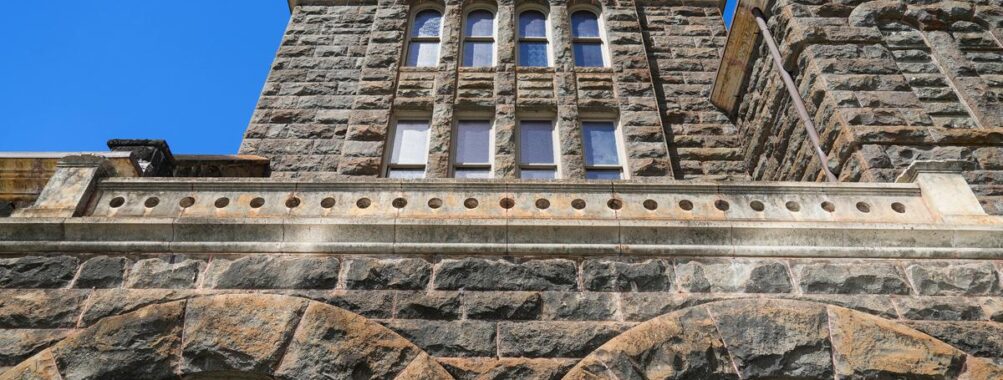
Pacific Island Ethnic Art Museum
Table of Contents
About
The Pacific Island Ethnic Art Museum (PIEAM), nestled in Long Beach, California, stands as a testament to the rich tapestry of Pacific Island cultures. The museum, through the vision of its founder, Dr. Robert Gumbiner, a renowned philanthropist and art collector, offers visitors a rare glimpse into the vibrant art and traditions of the Pacific Islands.
PIEAM’s collections celebrate a vast array of Pacific Island ethnic art, providing a platform for understanding and appreciating the diverse cultural heritage of the region. Pieces exhibited range from delicate textiles to intricate wood carvings and robust stone works, each narrating a story of the islands’ way of life. The museum’s focus is not only on aesthetics but also on the educational, aiming to enlighten the community about the subtleties and significance of these cultures.
Fran Lujan’s contributions as an engrained part of the museum’s lineage have been instrumental in shaping the museum’s mission. Under their guidance, PIEAM strives for a collaborative environment where the histories and stories from various Pacific Island communities are shared with the Southern California populace, making it a cultural mainstay for both residents and visitors.
Located at 695 Alamitos Avenue, the museum also offers convenience with ample free parking across the street. While the museum might be modest in size, the experiences it offers are monumental, serving as the only establishment of its kind in the continental United States dedicated fully to the art of the Pacific Islands.
Best Time to Visit
Visiting the Pacific Island Ethnic Art Museum offers a unique glimpse into the rich and diverse cultures of the Pacific Islands right here in Long Beach. The museum, with varied yet specific visiting hours, has crafted an experience that caters to a broad audience, including seniors, students, children, and members.
The museum’s efficient use of time can be maximized by visiting during off-peak hours, typically on weekdays when fewer visitors are present. This allows for a more intimate viewing experience. Each exhibit is designed to engage visitors of all ages, making the museum a compelling destination for both educational purposes and a family day out.
For those interested in financial savings, looking out for special admission days or events where entry fees are waived or reduced can provide additional benefits. Members typically enjoy access to the museum outside of standard operating hours, which may include exclusive events or exhibitions.
When planning your visit, it is advisable to verify current operating hours and any potential free entry times. This ensures an informed and cost-effective trip. For those with a passion for Pacific Island art and culture, the museum serves as a year-round haven; however, attending new exhibition openings or special cultural events can amplify the overall experience.
In summary, the optimal time to visit the Pacific Island Ethnic Art Museum aligns with your needs, whether it be a quieter visit during the week, a cost-effective family trip, or a special members-only event.
Nearby Attractions
Visitors to the Pacific Island Ethnic Art Museum can enhance their cultural journey by exploring a variety of nearby attractions. Long Beach, California offers an array of experiences close to the museum that center on art, community, and the rich heritage of Pacific Islands culture.
Museum
The Long Beach Museum of Art and the Museum of Latin American Art are within close proximity to the museum. Both venues boast a mix of permanent collections and rotating exhibits featuring local and international artists. Guests can appreciate a broad spectrum of creative expressions that complement their Pacific Islands exploration.
Art
For art enthusiasts, the East Village Arts District in downtown Long Beach is a creative hub where art spills onto the streets with vibrant urban murals and galleries. This area serves as a testament to Southern California’s dedication to fostering diverse artistic communities.
Pacific Islands
The museum itself is a gateway to the cultures of Micronesia, Melanesia, and Polynesia. It showcases authentic artifacts including wood carvings from Yap and textiles from Guam, sharing the stories and traditions of the Pacific Islander communities.
Community
The Tongva Park honors the Indigenous Tongva community that once thrived in the Southern California region. Environmental respect and cultural acknowledgement await in this natural setting. Additionally, Pasifika Festival in nearby San Diego celebrates the vibrancy of Islander culture through music, dance, and food.
Activities
Engaging in educational programs and living arts workshops conducted by the museum allows visitors to dive deeper into the cultural practices of Oceania. Such activities provide hands-on experiences, enriching the understanding of the unique Pacific way of life.
Location
Places to Stay Near Pacific Island Ethnic Art Museum
Find and Book a Tour
Explore More Travel Guides
No reviews found! Be the first to review!